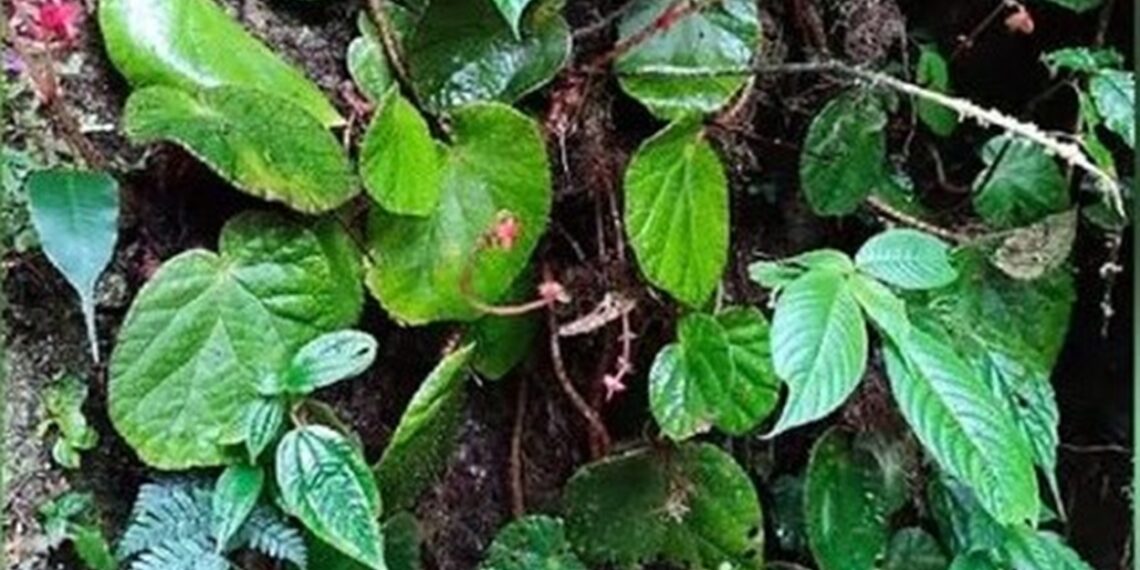Itanagar: Forest officials in Arunachal Pradesh have identified a new species of flowering plant, Begonia nyishiorum, in the high-altitude forests of East Kameng district.
The plant, named to honour the Nyishi tribe—the largest indigenous community in the region—boasts distinctive crimson-fringed petioles, a feature unprecedented in Asian begonias.
The discovery was made during an expedition by the Seppa Forest Division, led under challenging conditions at elevations exceeding 2,600 meters.
The findings were published in the international journal Novon: A Journal for Botanical Nomenclature on June 23.
Abhinav Kumar, Divisional Forest Officer of Seppa and co-lead author of the research, highlighted the significance of the find.
He noted that the plant was located on densely forested mountain slopes, accessible only after the team forged new trekking paths through untouched vegetation and endured sub-zero conditions.
Upon spotting the begonias with their unique crimson-fringed petioles, the team conducted detailed documentation and taxonomic analysis.
The plant thrives on moist, shaded slopes between 1,500 and 3,000 meters above sea level. Its dense, crimson, fringed scales sheathing light green petioles distinguish it from over 2,150 other begonia species globally.
Kumar emphasised the importance of the Eastern Himalayas as a priority for scientific research and conservation, stating that discoveries like Begonia nyishiorum underscore the region’s ecological richness and the need for its preservation.
Currently known from only two forest sites in East Kameng, the species highlights the importance of the Nyishi tribe’s traditional role in protecting these high-altitude ecosystems.
Kumar explained that the tribe’s stewardship is integral to the conservation of such rare flora.
Arunachal Pradesh, known for contributing over ten new plant species to science annually, continues to play a vital role in advancing botanical research.
Forest officials plan to map additional populations of Begonia nyishiorum during the 2025-26 flowering season.
ALSO READ: Telangana plant explosion: Death toll reaches 36
The next steps include rapid ecological assessments to evaluate habitat conditions and potential human impact.
Efforts will also focus on integrating the Nyishi community’s traditional knowledge into long-term monitoring strategies.
Kumar stressed that this discovery reinforces the Eastern Himalayas’ status as a global biodiversity hotspot and a cradle of Himalayan speciation.















